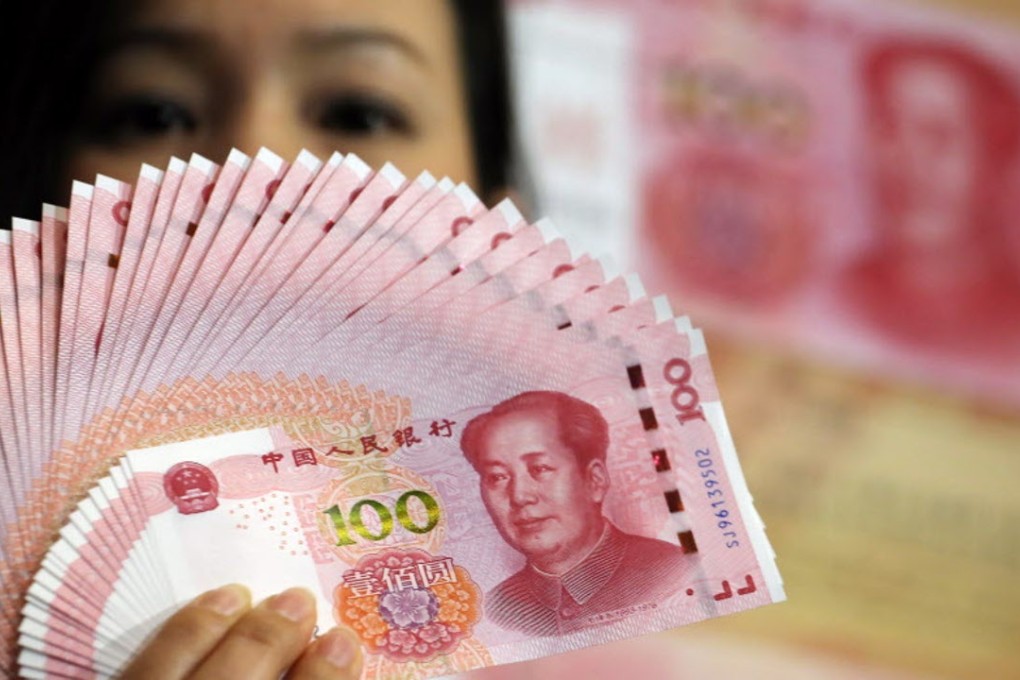Portfolio | Fresh bout of depreciation awaits yuan after IMF review
Yuan is fundamentally overvalued and downward pressure would kick in soon as Beijing stops intervention upon IMF’s nod

A fresh bout of depreciation is in store for China’s yuan after the International Monetary Fund unveils a key decision at the end of this month over the currency’s pursuit of an elite currency club membership, analysts say.
The IMF is expected to decide on November 30 whether to include the yuan in the Special Drawing Rights, a supplementary reserve asset and a quasi-currency rarely used in financial transactions.
Unfortunately though, the yuan’s crowning coincides with the beginning of a new era of a stronger US dollar, as the Federal Reserve is widely expected to raise interest rates next month for the first time in almost a decade.
“As such, the CNY is likely to remain on the defensive against the USD, ahead of the Fed rate hike and amid global growth fears,” said Koon How Heng, senior currency strategist at Credit Suisse.
Heng expects the CNY to stabilise at around 6.40 against the USD in the near term, and weaken towards 6.60 in the next six to 12 months.
